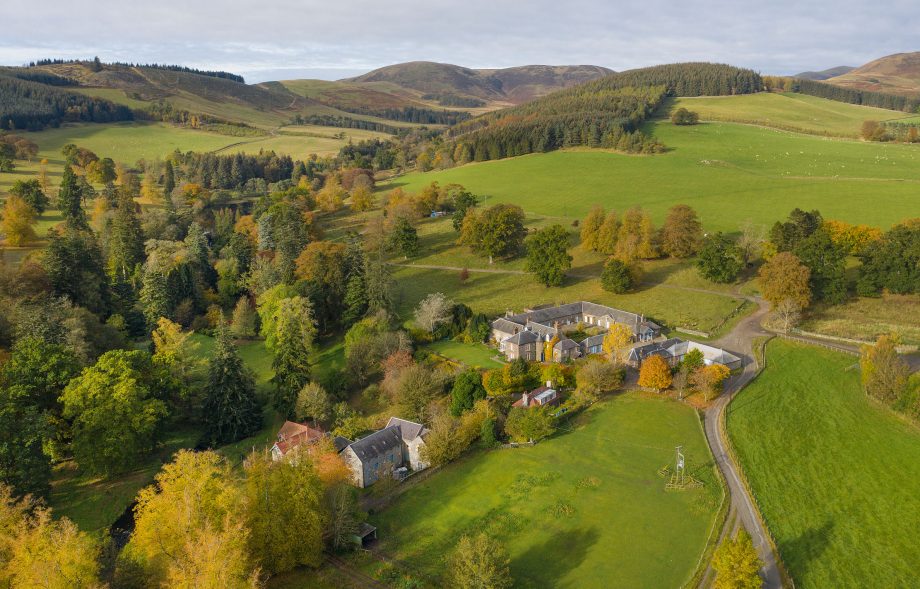Land Reform (Scotland) Bill (4)
This is the fourth in a series of blogs analysing the Land Reform (Scotland) Bill 2024.
In this blog I want to continue analysing the potential impact of the intervention powers (Sections 2 and 4) in the Bill by looking at qualifying land (>1000 ha) that has been sold over the past few years. I will examine each land sale in turn and assess how likely it would have been that the Bill would have changed anything had it been in force at the time. In the previous blog I looked at 2020 and in this next blog I examine 2021.
An overall analysis of the land market 2020 – 2022 can be found in this report I published in February 2024.
The Bill obliges any owner of land in excess of 1000 ha where they propose to sell all or part of it, to notify Scottish Ministers. Ministers can then do two new things – invite an application fo a late registration under the community right to buy provisions of the Land Reform (Scotland) Act 2003 and make a lotting decision to potentially require the land to be sold in specified lots. See previous blog for more detail.
Killundine Estate (Argyll)
2303 ha. Sold 24 February 2021 for £2,100,000.
CRTB – this was an open market sale and a community body, (Morvern Community Woodlands) had already successfully applied for a community right to buy. This was granted but the community voted to not proceed with the acquisiton. The Bill provides no new powers.
LOTTING – Ministers would have been unlikely to lot the land as it was already the subject of a community right to buy registration.
SALE – the estate was sold to Peter Lawson from Northern Ireland.
ASSESSMENT No difference.
Stobo Hopehead (Peebles)
1020 ha. Sold 22 June 2021 for £3,010,000
CRTB – this was an open market sale as one lot of a larger estate. Any community body that existed could therefore have submitted a late application to buy the land. The Bill provides no new powers.
LOTTING – The esatte was sold in 7 lots. Ministers could have chosen to make a lotting decision to specify different lots but it is considered unlikely that it would have made any difference to the sustainability of the community.
SALE – the estate was sold to Blackmead Forestry Ltd.
ASSESSMENT No difference.
West Couldoran (Ross & Cromarty)
1895 ha. Sold 8 October 2021 for £1,500,000
CRTB – this was (I think) a private sale. However, the impending sale was known about as the successsful purchaser (The WoodlandTrust) was actively fundraising to buy it. The notification duty in the Bill could have alerted the community and Ministers might have invited them to submit a late application. It is hard to see the community interest in this estate, however.
LOTTING – Ministers could have chosen to make a lotting decision but it is considered unlikely that it would have made any difference to the sustainability of the community.
SALE – The estate was sold to the Woodland Trust.
ASSESSMENT 20% likelihood of making a difference.
Glen of Rothes (Moray)
1047 ha. Sold 11 October 2021 for £8,054,000.
CRTB – this was (I think) a private sale. An advance notification might have persuaded any community body to submit a late application. However, it is unlikely that a case could have been made for a late registration.
LOTTING – Ministers could have chosen to make a lotting decision but it is considered unlikely that it would have made any difference to the sustainability of the community.
SALE – The estate was sold to Gresham House Forest Growth and Sustainability LP.
ASSESSMENT 10% likelihood of making a difference.
Glen Dye Moor (Kincardine)
6364 ha Sold 9 December 2021 for an undisclosed sum (rumoured to be £33 million).
CRTB – this was (I think) a private sale. Notification to a local community group (such as Birse Community Trust) might have led to a late application but the threshold to obtain one is high and it is diffcult to see the case that could have persuaded Ministers that any sale would improve the sustainability of the community. In any event, the sale price would have been prohibitive.
LOTTING – Ministers could have chosen to make a lotting decision but it is considered unlikely that it would have made any difference to the sustainability of the community.
SALE – the estate was sold to Par Forestry IV Holdco Ltd.
ASSESSMENT No difference.
CONCLUSIONS
it is unlikely that the sale of any of the above landholdings would have been affected by the Land Reform (Scotland) Bill had it been enacted and been law in 2021.
Others may take a different view of the likelihood of any impact and you are welcome to do so in the comments.
Overall, this analysis bears out my initial assessment that the Bill is unlikely to have much impact on Scotland’s pattern of private landownership in respect of the powers of intervention set out in Sections 2 and 4 of the Bill. Of the five sales, four were to owners who already owned extensive areas of land across Scotland.

So as previously, this is just a waste of time and resources.